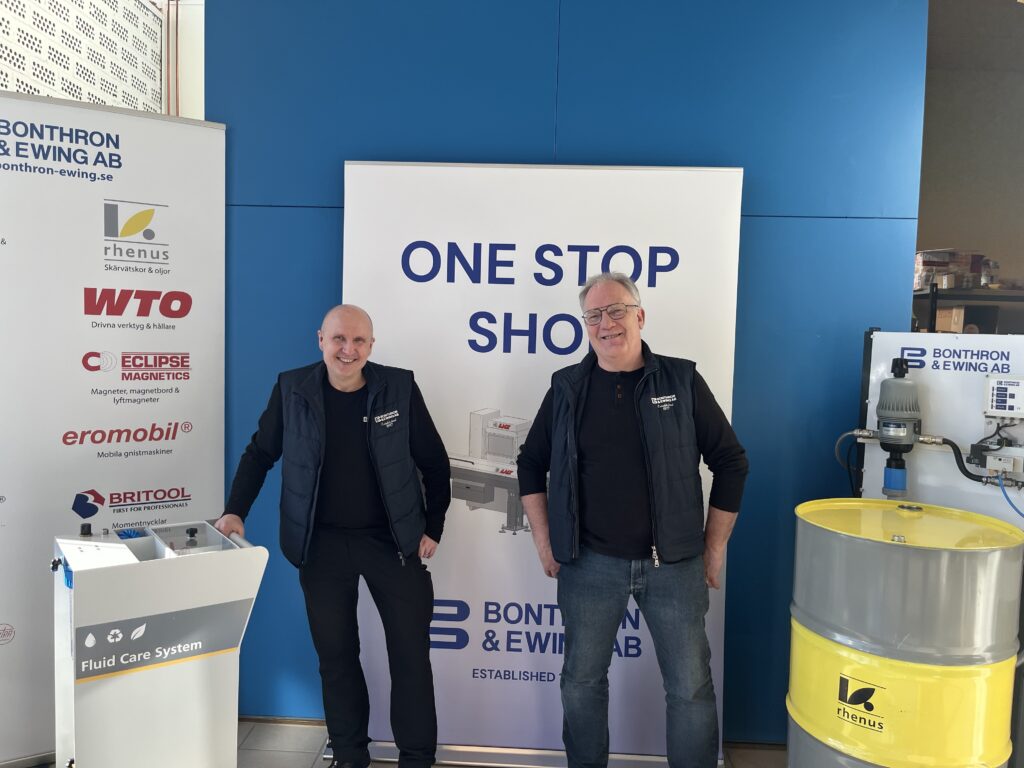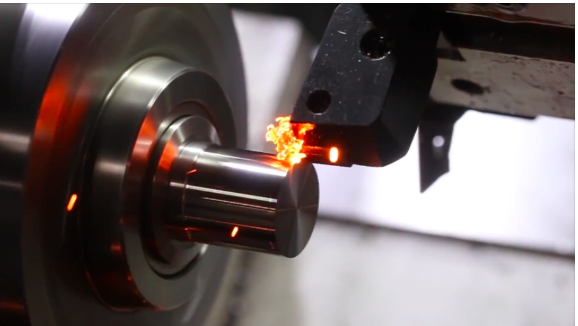The problem with bars and straightness
The longer the bar, the greater the risk of straightness errors. The accepted tolerance for a straight bar is usually a deviation of no more than 0.5 mm per meter. Unfortunately, many bars do not meet this standard due to several factors:
- Cheap manufacturing: Low-cost products are often made without the quality controls required to ensure precision.
- Improper handling: When bars are handled carelessly, they can bend or become damaged, affecting their straightness.
- Inadequate transportation: During transport, bars can be exposed to shocks and vibrations that affect their shape and straightness.
Why is straightness important?
An uneven bar creates vibrations during machining, which can lead to several issues:
- Tolerance and surface finish problems: Vibrations can cause the tool to cut unevenly, leading to reduced precision and surface finish on the finished part.
- Shorter tool life: Increased vibration wears down tools faster, resulting in higher maintenance and replacement costs.
- Increased wear on the lathe or spindle: Machine components are subjected to more stress, reducing the machine’s lifespan and increasing the risk of failure.
Solutions for Optimal Bar Machining
To achieve optimal bar machining, the machine should be run at the best possible speed, from low to high revolutions per minute (RPM). However, higher speeds can also create vibrations. There are several solutions to minimize these:
- Lower the rotational speed: This reduces vibrations but also leads to a decrease in productivity.
- Use straighter bars: A straighter bar reduces vibrations, but this can be an expensive solution, especially when using exotic materials.
- Improve chuck clamping force: Increasing the stiffness of the chuck can reduce vibrations, but it can be costly and sometimes impossible depending on the machine’s design.
- Enhance bar guidance: This requires more floor space and can be an expensive solution.
- Reduce bar length: Here, a short bar feeder, such as the LNS QUICK LOAD SERVO 65, is the ideal solution!
Handling Bar Lengths
A bar of steel with a diameter of 65 mm and a length of 1 meter weighs approximately 25 kg, which is a weight that one person can easily handle. However, a steel bar with the same diameter but a length of 3 meters weighs about 75 kg—a significant challenge for manual handling during loading. This not only affects the work environment but also the efficiency of production.
Conclusion
Long bar feeders are perfect for high-volume production and longer parts, while short bar feeders offer superior flexibility and adaptability without compromising performance. Four CNC machines with short bar feeders often produce more than three machines with long bar feeders.
To ensure maximum productivity and eliminate vibration-related issues, the LNS QUICK LOAD SERVO 65 is an excellent choice for short bars, allowing the highest possible rotational speed without compromise!
Make Your Choice Today!
Invest in the LNS QUICK LOAD SERVO 65 to optimize your CNC machining and achieve a production process that is both efficient and cost-effective. Contact us now for more information and take your first step toward vibration-free machining!



